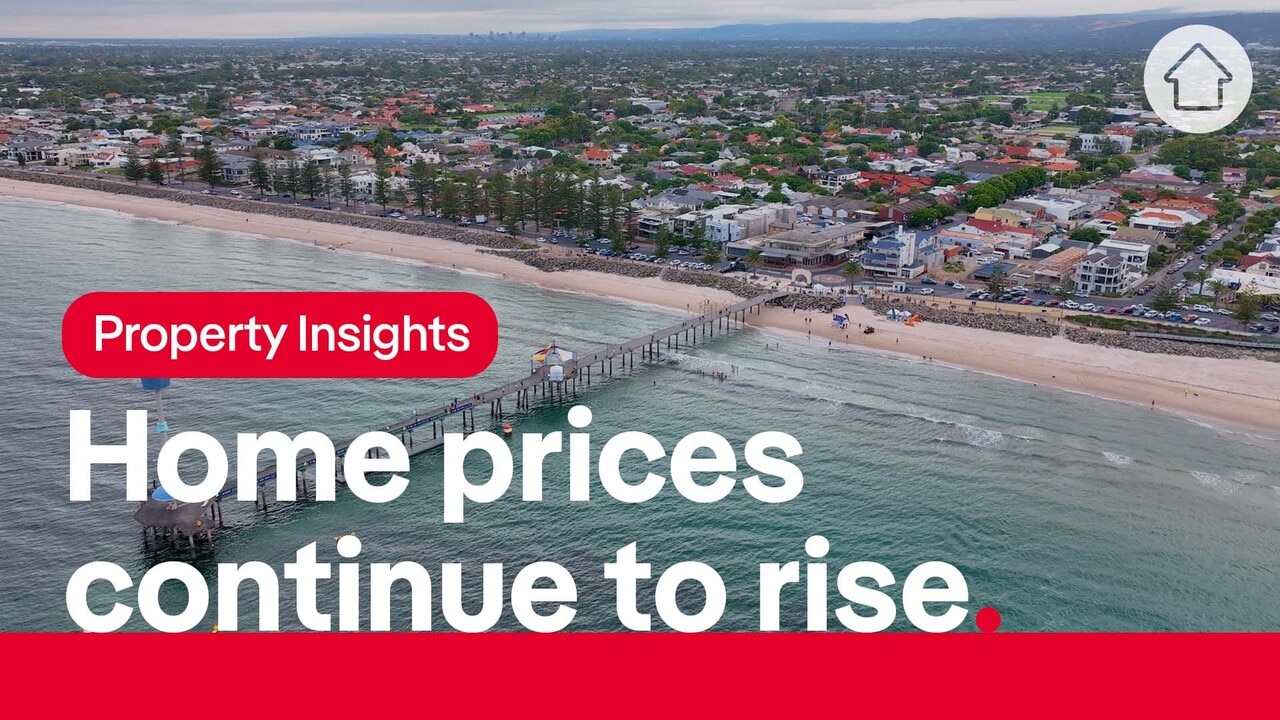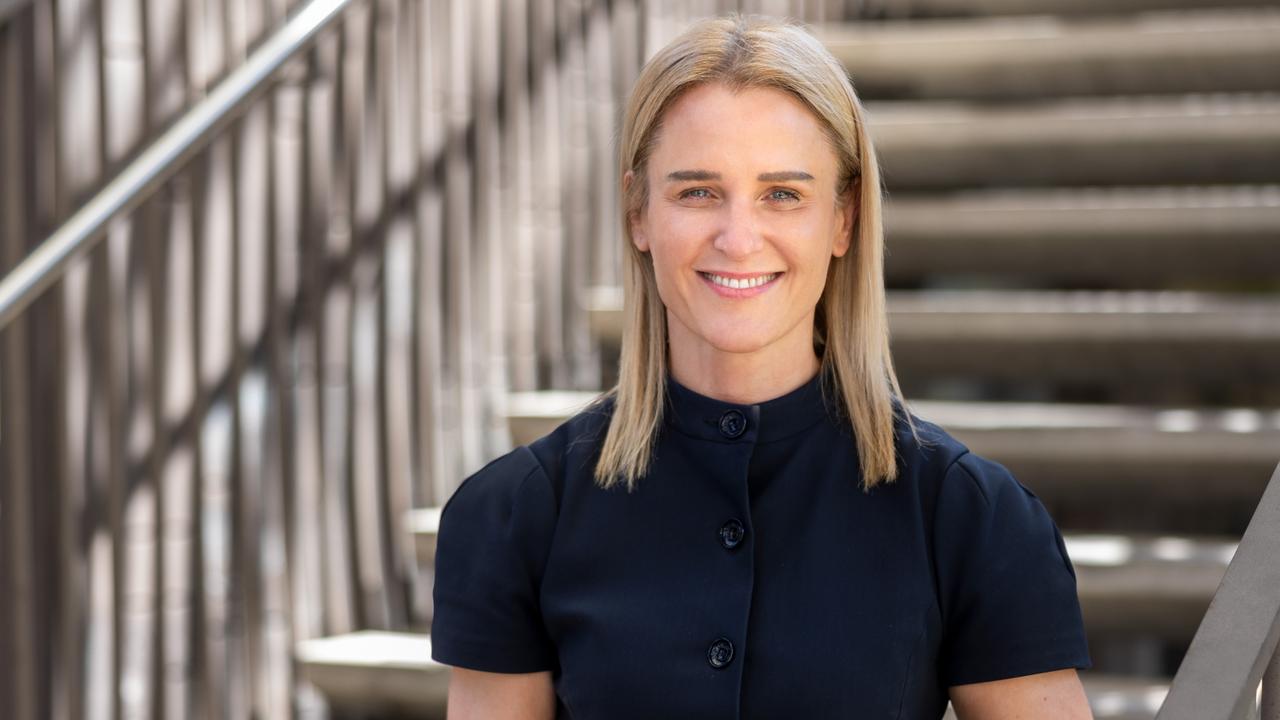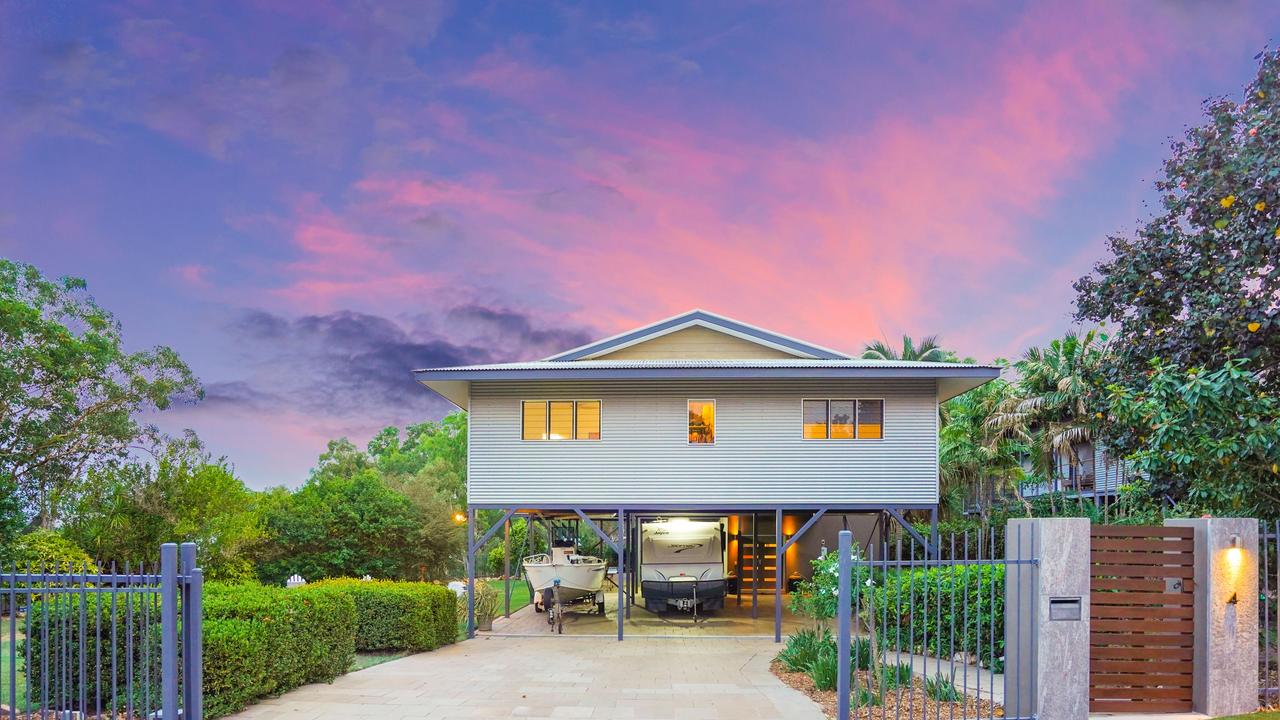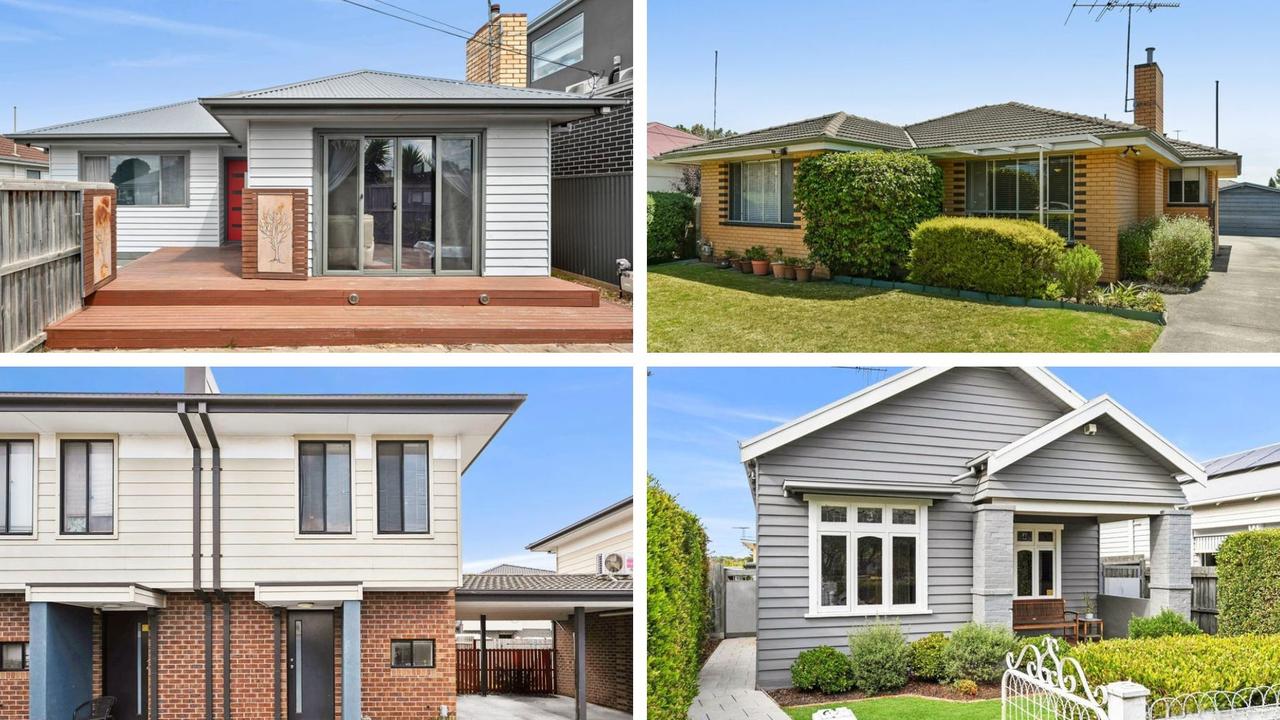Experts reveal property market predictions for 2025
Experts have revealed the real estate markets set to surge and stumble in 2025 and there are plenty of surprises.

Australian home prices have been slowing over the past two years, following a nationwide explosion in home values during the Covid boom.
Stimulus, in the form of historically low interest rates, had propelled that pandemic price surge. And when interest rates began to rise, the market calmed. Now, with the cash rate stuck on 4.35 per cent for more than a year so far and no cut currently in sight, the market is edging ahead slowly when it comes to growth at a national level.
But not all markets are equal in Australia. Some will rise and some will fall in 2025. Here’s what the experts say.
Cameron Kusher- REA Group
Current market conditions have the nation primed for slow and steady upside in 2025, according to Cameron Kusher, REA Group director of economic research.
In his PropTrack Property Market Outlook Report December 2024, he predicts prices to increase by up to 4 per cent next year. This would be a reduction in growth from the 5.5 per cent recorded over the 12 months to November 2024 and the 6.9 per cent for the same time in 2023.
MORE: Sydney price reversal predicted for 2025

“Australia’s property market has shown unexpected resilience in 2024, with home prices rising nationally despite varied performance across the country and an influx of new properties hitting the market,” Kusher said.
“The increase in available stock has boosted sales volumes but also led to softening demand, which has been a contributing factor to slowing price growth. With more options, buyers face less urgency to purchase, and properties are spending a longer time on the market.”
Mr Kusher said property market conditions had been “far from uniform across the capitals and regions”, thanks to diverse supply and demand dynamics. He expects this to continue in the new year, with home prices in Perth and Adelaide to lead the way with up to 6 per cent growth, on top of the 18.7 per cent and 14.6 per cent growth they respectively recorded over 2024.
MORE: Melbourne’s unwanted title in 2025 price predictions
At the other end of the scale, he expects Melbourne to be the weakest performer with a price decline of as much as 1 per cent. Brisbane (2-5 per cent) and Sydney (1-4 per cent) were likely to have modest growth. Hobart, Darwin and Canberra prices were all tipped to rise by up to 3 per cent.
“With price growth moderating, stock levels rising, and the expected timing for interest rate cuts delayed, we anticipate weaker price growth compared to recent years,” Kusher said.
Louis Christopher, SQM Research
SQM Research recently released Christopher’s Housing Boom and Bust Report 2025, which predicts separate outcomes for the property market based on different scenarios.
In the most likely, or “base case” scenario, which would see a 25-50 basis point rate cut midway through next year and population growth of 500,000 plus, SQM Research director and report author Louis Christopher predicts property values would rise 1-4 per cent as long as there were no new inflationary outbreak events.

Perth would lead the market with growth of 14–19 per cent, while Brisbane (9-14 per cent) and Adelaide (8-13 per cent) would also be strong performers.
Sydney and Melbourne would both see a downturn, with prices going backwards by as much as 5 per cent.
But all of this could change with a rate cut in the March quarter, as is still forecast by some economists.
MORE:SA set to lead the nation for growth in 2025
Should the RBA pull the trigger in February, the research predicts growth of up to 10 per cent at a national level. And in this scenario, every capital city would return to growth.
Perth would still be top of the list with 15-20 per cent growth, followed by Brisbane (11-15 per cent) and Adelaide (10-14 per cent).
The rate cut would reverse the fortunes of Sydney and Melbourne, which would have growth of up to 7 per cent and 6 per cent respectively.
Report author and head of SQM Research Louis Christopher said he expected rate cuts to come post-March quarter and be between 25 and 50 basis points, which would “keep the price falls in Sydney and Melbourne to single digits”.
“Our two largest capital cities, along with Canberra and Hobart will start 2025 off in the red,” Mr Christopher said. “We are currently recording dwelling price falls in each of these cities.
“However, once interest rate cuts do occur, we are expecting a speedy bounce in demand for Sydney and Melbourne in particular, (where both are still) experiencing underlying housing shortage relative to the strong population growth rates.”

Nerida Conisbee, Ray White
Ms Conisbee says there are signs that the Australian housing market is cooling into 2025, but the picture varied across the country with Perth, South-East Queensland and Adelaide still strong and Sydney and Melbourne slowing considerably and almost flat.
“This pattern is likely to continue in early 2025, driven by several factors. More homeowners are feeling the strain of high mortgage payments, and we’re seeing an increase in property listings as some decide to sell,” the Ray White chief economist said. “This higher supply of homes for sale could put downward pressure on prices in some areas.”
But she said strong population growth, high building costs, and high expectation of rate cuts in 2025 should prevent any significant drop in house prices.
Strong population growth created “a natural floor for how far prices might fall”.
“This is particularly true in Perth and Brisbane where growth remains very strong, but is also the case in Melbourne and Sydney where international migration will remain strong, although potentially at lower levels compared to 2024.”
MORE: Brisbane property set to come off the boil in 2025
She said the cost of building new homes has not come down, so there are fewer dwellings being built, which pushes more buyers to existing homes and supports high prices.
“The outlook suggests a period of modest price growth or stability rather than significant falls. Markets that have already slowed, like Sydney and Melbourne, might stay flat until rate cuts begin,” she explained. “Meanwhile, cities with stronger economic conditions like Perth could continue to see some growth, though likely at a slower pace than in 2024. The key timing to watch will be when interest rates start to fall, as this could mark a turning point for price growth in the larger markets.”

Ben Kingsley, Empower Wealth
Empower Wealth boss Ben Kingsley specialises in the investment property market and said Perth was well ahead of every other part of the country in terms of attracting investors.
“They have not introduced no grounds eviction bans, they have a healthy rental market for landlords and a healthy appetite of investor spending,” Mr Kingsley said.
He added that a rise in new approvals for home builds was likely to start reducing pressure on rents in the new year, but not so much that there would be an oversupply.
“Perth could be heading to a bit of a golden era.”
With no land tax, and generally OK government settings Mr Kingsley noted that Darwin was a “smokey” that could prove a wise investment for those who knew what to look for in the Northern Territory’s capital.
He flagged stamp duty was a significant additional cost for investing in Sydney, and while the Harbour City had healthier rental settings than Melbourne, the higher entry costs were a hurdle.
MORE: Big bank insider’s predictions for 2025
Mr Kingsley said Queensland’s prospects for capital growth in the new year hinged on the affordability ceiling, with the prospect of slow value rises once homebuyers could no longer support rising prices.
But Brisbane rents could continue to grow amid rising demand from Sydney, where people were being priced out.
He said the Queensland capital’s home values and rents could both continue to rise as long as there were significant numbers relocating from NSW who saw it as cheaper than Sydney.
However, if migration slows he said the city could see a cooling in home value growth.
Mr Kingsley said Adelaide was approaching a property bubble, and it was possible there would be more supply of homes than demand to buy them in the new year.
“Everyone there has been drinking the Kool Aid, and it’s had a renaissance in terms of values,” he said.
“But the forthcoming supply (of new homes) will be the enemy of capital growth, so it might be up to 12 o’clock on the property clock, if it’s not already there.”
He flagged that Hobart was likely to continue a decline that had been occurring since the pandemic.
With reporting by Sophie Foster and Nathan Mawby
Originally published as Experts reveal property market predictions for 2025




